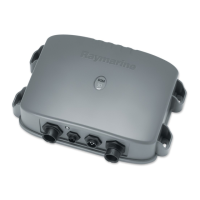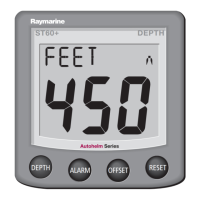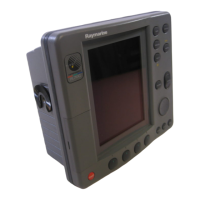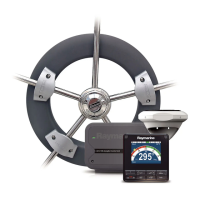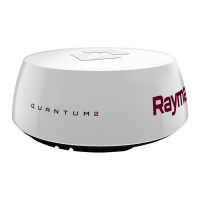52 DSM300 Installation Manual
iii. Press it against the hull with a twisting motion (see Figure 2-19 C).
Figure 2-19: Testing the Transducer at the Selected Location
Observe the sounder’s performance and compare it to the baseline. Look for a
stable depth reading that is similar to the baseline, compare the thickness and
intensity of the bottom trace.
If the performance is close to the baseline, this is a good mounting location.
Remember, some energy is lost transmitting through the hull.
If the test reading differs markedly from the baseline, you need to find another
location to install the transducer.
If there is no reading or it is erratic, the sensor may be positioned over coring
which is absorbing the acoustic energy. Choose another location. If no other spot
is available, check with the boat manufacturer to be certain coring is present
before proceeding with
Installation in a Cored Fiberglass Hull
on
page 55
.
Installation
1. Measure the deadrise angle of the hull at the selected location using a level
and protractor (see Figure 2-20 ). Measure carefully, since the installed trans-
ducer must be within 5 ° of vertical.
CAUTION:
Always wear safety goggles and a dust mask.
2. The hull surface to be bonded must be smooth and free of paint or any other
finish. If the surface is rough, use a disc sander to smooth an area 4"
(100 mm) in diameter.
3. Rem ove any dus t, g rease or oil with a w eak solve nt, s uch a s alc ohol, to ens ur e
a good bond. Clean and dry both the selected area and the underside of the
base.
D5001-2
ABC
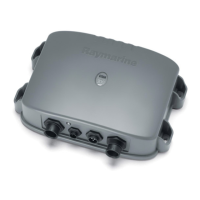
